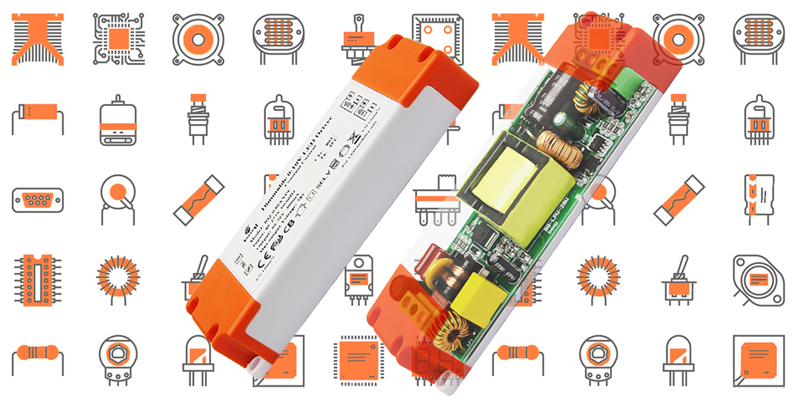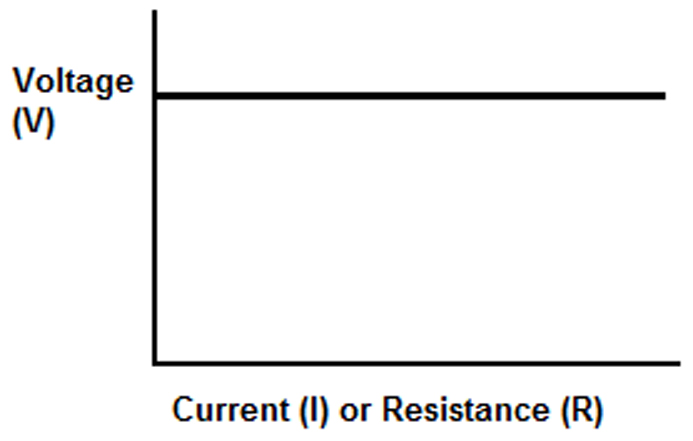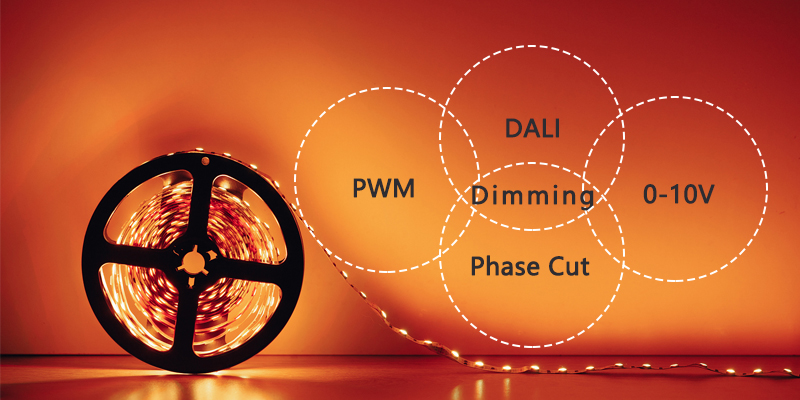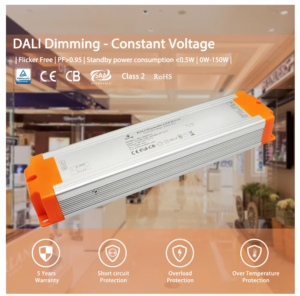
복잡한 탐색 LED 드라이버 선택은 전자 및 조명 분야에서 매우 중요한 주제입니다. 언뜻 보기에는 프로세스가 간단해 보일 수 있습니다. 하지만 최적화된 조명 기구 제품과 완벽하게 조화를 이루는 적절한 드라이버를 찾아내는 데는 세심한 주의가 필요합니다.
In reality, the procedure encompasses multiple stages. It's imperative to meticulously examine each step delineated, especially if the objective is to identify a driver that resonates with the voltage waveform and phase control requirements of a sophisticated LED lamp system.
1. 애플리케이션 결정
Firstly, it's imperative to discern whether you're in the market for an outdoor or indoor driver. While the term "outdoor driver" might suggest exclusivity to external environments, it typically pertains to an IP66 or higher waterproof rating, coupled with a 2kV differential mode and 4kV common mode surge protection rating. Outdoor drivers predominantly find their place in bay lights and explosion-proof lighting. Conversely, indoor drivers, when equipped with robust surge protection, can be adapted for outdoor usage. Nevertheless, the terms "outdoor" and "indoor" remain the prevalent descriptors for lighting applications.

2. 정전류 또는 정전압 모드
In the realm of electronics and lighting, choosing between Constant Current (CC) and Constant Voltage (CV) modes for LED drivers is crucial. The CC mode ensures a consistent current, vital for LEDs to maintain uniform brightness and longevity. Conversely, the CV mode, ideal for setups with multiple LEDs or strips in parallel, provides a set voltage output. Each LED or strip in such designs draws its required current from this voltage source, but it's essential that each has its own current-limiting mechanism. The decision between CC and CV depends on the lighting system's demands: CC focuses on precision for individual LEDs, while CV emphasizes flexibility for larger setups. Understanding these modes is key for optimal LED system performance.



3. 전력 등급 선택:
For LED lamps, the power rating invariably alludes to the input power. However, when discussing LED drivers, one refers to the output power, which is the product of the output current and the maximum output voltage. The key is to ensure that the chosen power surpasses the LED's peak load power.
4. 출력 전압 사양
Choosing the right output voltage specification for an LED driver is crucial for the optimal performance and longevity of LED lighting systems. The LED driver serves as the power supply for the LED, converting input power to the correct voltage, current, and frequency required by the LED. When selecting an LED driver, one must ensure that its output voltage matches the voltage requirements of the LED or LED array it will power. Mismatched voltages can lead to reduced brightness, color shifts, flickering, or even premature failure of the LED. Moreover, it's essential to consider the operating environment, as voltage requirements can change based on temperature fluctuations. Some advanced LED drivers come with adjustable output voltage settings, providing flexibility for various applications. In conclusion, by carefully selecting the right output voltage specification for an LED driver, one can ensure efficient energy use, consistent light quality, and extended lifespan of the LED system.
5. 출력 전류 사양
This step is pivotal, largely governed by the type of LED chip chosen and its optimal operational point. Often, the desired current might not be readily available in driver model listings. In such instances, you're presented with two avenues: either select the closest available model or liaise with the driver manufacturer for a specific model. The former offers immediacy but might compromise on light performance, while the latter, though potentially time-consuming, ensures an optimal end product. The choice invariably hinges on the manufacturer's market strategy and specific circumstances.
If you aren't still sure about the specification of the LED Driver you need, please try to use our LED 드라이버 계산기!

6. 케이블 유형 결정
For the North American market, UL cables, predominantly with PVC jackets, are the norm. In contrast, other global regions tend to favor VDE cables with rubber jackets. It's worth noting that UL cables are globally accepted but face restrictions as standalone drivers under CE standards. The IEC standards introduce the class II device, devoid of a ground connection. When integrating connectors, it's crucial to be cognizant of their certifications. UL-certified connectors can be pricey, prompting some to opt for junction boxes for connections, especially in North America.
7. 인증 선택
인증이 가장 중요합니다. EU 시장에서는 CE가 필수 요건이고, 그 외 지역에서는 UL이 기본입니다. ENEC는 많은 지역에서 우수한 평가를 받고 있습니다. CB 인증은 적은 비용으로 KC, PSE 또는 SAA로 쉽게 전환할 수 있다는 점에서 중요한 의미를 갖습니다. 북미에서는 다른 글로벌 지역의 SELV와 마찬가지로 클래스 2 등급으로 조명 설계를 간소화할 수 있습니다.
8. 디밍 방법 선택
This phase can be intricate for lighting engineers, given their expertise often leans more towards lighting mechanics than electronics and control. It's essential to ascertain the need for a dimming function and its realization, be it through 트라이액 / 위상차, 0-10V, 달리또는 PWM. 다음 중 하나를 선택할 수 있습니다. 제어 프로토콜는 각각 장점과 한계가 있으며, 프로젝트가 신규 프로젝트인지 또는 개조 프로젝트인지에 따라 다릅니다. 이러한 프로토콜에 대한 자세한 내용은 다음 글에서 다룰 예정입니다.

9. 샘플 검증
Upon concluding the electrical design, the journey isn't over. Acquiring and validating samples in your lighting system is the next step. It's advisable to order samples in batches, initially 2-3 units, to gauge product consistency. Post successful electrical performance tests, a larger batch can be ordered for a pilot run. The recommended size for a single run exceeds 50 units. Additionally, understanding product delivery timelines, especially for bulk orders, is crucial for both parties to ensure seamless production.
10. 품질 및 서비스 평가
Before finalizing your decision, it's imperative to scrutinize the warranty, gauge the quality of customer service, and evaluate the vendor's ability to comprehend client needs. These factors play a pivotal role during and post the transaction.
boqi LED 드라이버는 앞서 언급 한 단계를 세 심하게 준수하여 모든 시점에서 귀하와 협력하기 위해 노력합니다. 우리의 목표는 귀하의 요구 사항을 포괄적으로 파악하고 가장 적합한 솔루션을 제시하는 것입니다. 지속적인 관계를 구축할 수 있기를 바랍니다. 더 많은 프리미엄 제품을 확인해보세요.

시각적 학습 경험을 선호하는 분들을 위해 동영상 튜토리얼도 제공됩니다.






